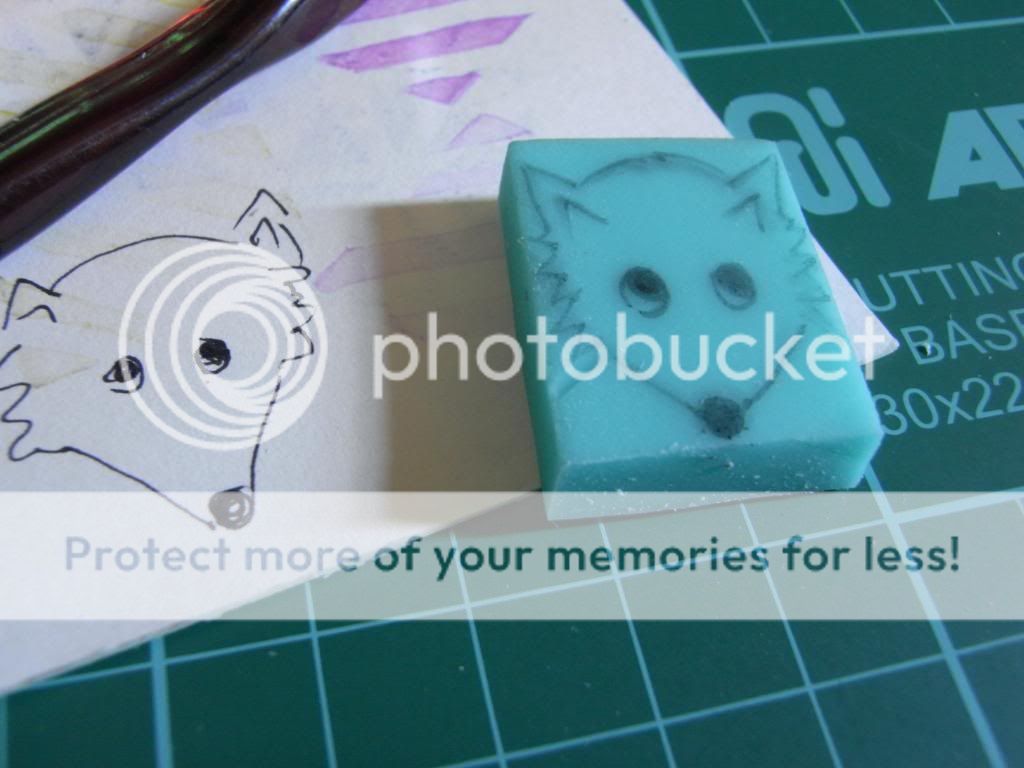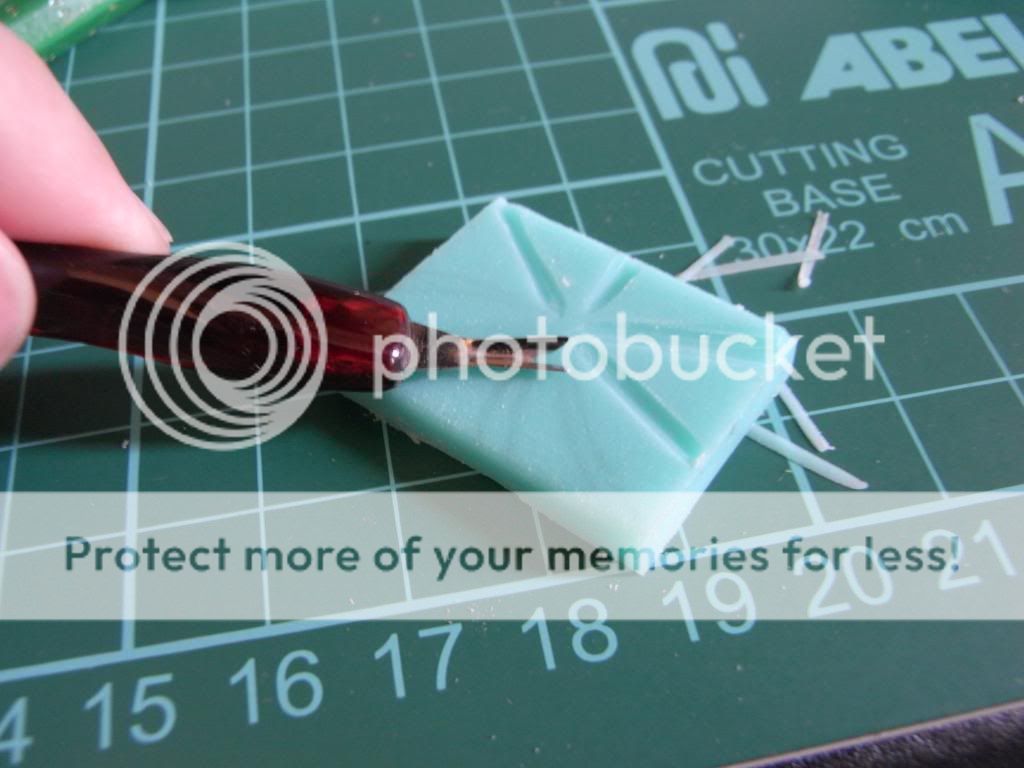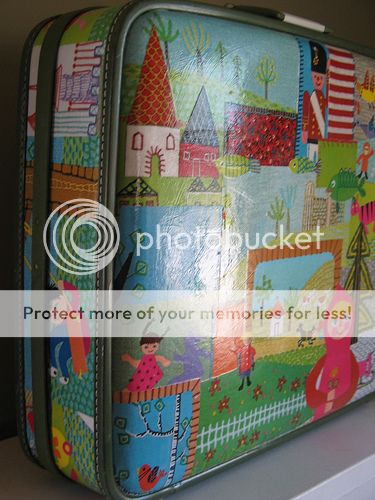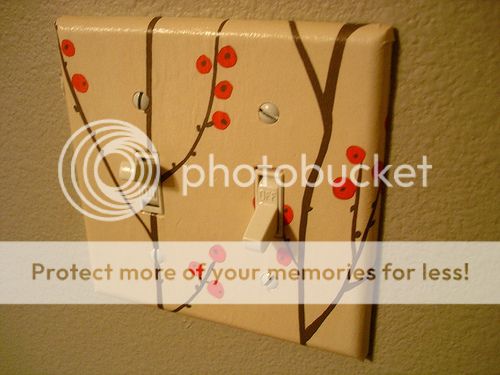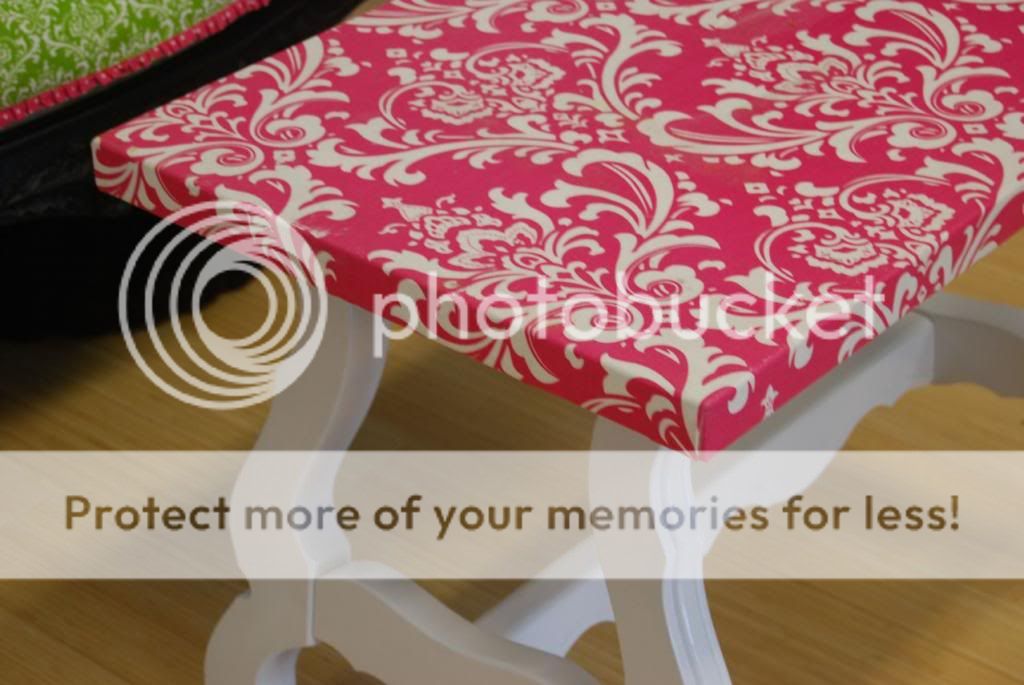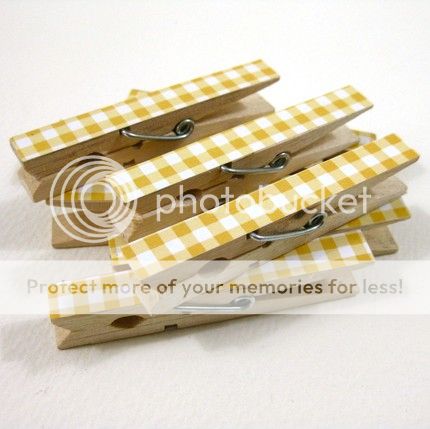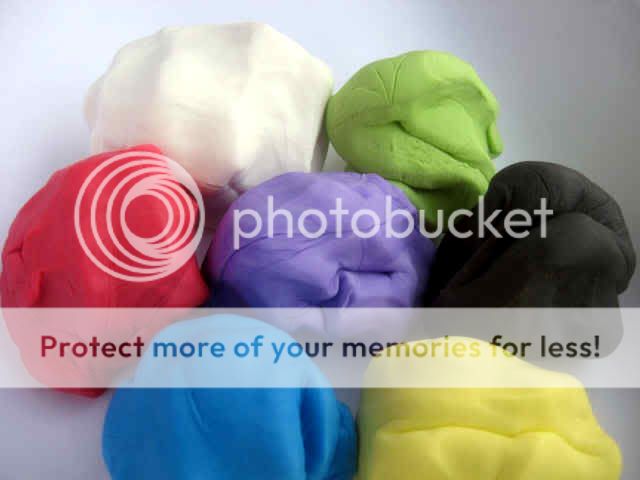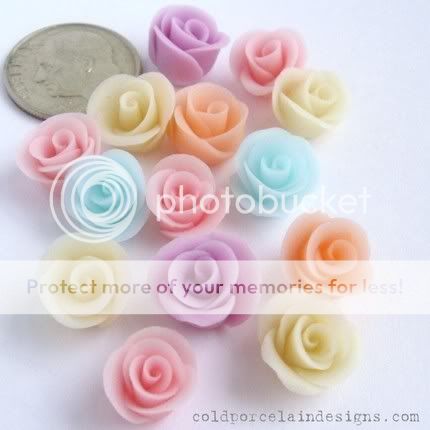For an updated version of this DIY, please follow my new post.
There are loads of benefits in having DIY projects. First you get to "Do It Yourself" and experience it first hand, you save a lot of money and the thrill of seeing your work of art, that's priceless. In a couple of tries you get better at it and if you're lucky you might even see a career of it at the end of the horizon.
One of the projects I have worked on this month is making my own Cold Porcelain Clay.
Cold Porcelain dries naturally and there's no need to bake it. Plus, the ingredients can be found right in your own home.
What you need:
3/4 cup white glue (Elmers, or even Stikwell wood glue will do)
1/2 cup water
1 teaspoon cold cream (such as Pond's - you can also use 1 sachet of any Ponds cream)
1 teaspoon glycerin - If you have trouble finding glycerin, try a drugstore's skin care aisle, or a cake-decorating store.
(Since I don't have this handy, I skipped it because I checked the Ponds sachet and it already has glycerin)
1 cup cornstarch, plus additional for dusting your hands
Assemble everything before you begin.
These are non-toxic though but I would highly suggest you use your old pan and wooden spoon for this. Don't use your best kitchen utensils as cold porcelain can be sticky.
Steps:
Mix the white glue, water, cold cream, and glycerin in a saucepan over medium heat until it's smooth.

When it is nice and smooth add the cup of cornstarch and begin stirring continuously, you will see the mixture rapidly become stiff.

When you mix in the cornstarch it will look like cottage cheese

Then it will quickly stiffen into something that resembles mashed potatoes.
When it forms one clump and pulled away from the sides of the pan, it's done.
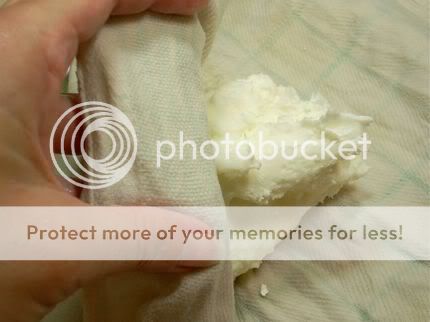
Since the clay is still very hot at this point.
Get a clean, wet dish towel over a plate and put the clay on it.
While this cools off a bit, gather the utensils used and run it with hot, soapy water.
Wash them later on. You can now knead through the clay over the wet towel.
Pause every once in a while, pulling the towel from the clay.
Dust a bit of cornstarch as you knead to avoid sticking.
When the clay is cool enough to handle, continue kneading with your hands.
Dusting with cornstarch every now and then so it doesn't stick in your hands.
You may also dust your work surface with cornstarch as needed.
After a few minutes of kneading, your clay will no longer be sticky but instead will become elastic, just like a Play-Doh clay.
If you want to add color to your clay, knead in a little acrylic or oil paint at this point. If you add the acrylic into your clay before sculpting it, it will give a more vibrant color. You can also opt for painting it all later, depending on how creative you want to be.
Place your cold porcelain clay in an airtight container (I use Reynolds ziplock plastic bags) while you proceed to wash your utensils.
One of the many projects you can do with Cold Porcelain Clay.
These wonderfully crafted pieces are hand sculpted by
Ibenia C.
These may take up to several days to dry depending on the thickness of your sculpture.
Others also encountered problems with getting cracks in their clay, some have tried excluding water in their ingredient. While some people just filled the cracks with clay (if you just want to get it done and your not after an über perfect porcelain).
(Source:
Coldporcelaindesigns,
Craftstylish)



